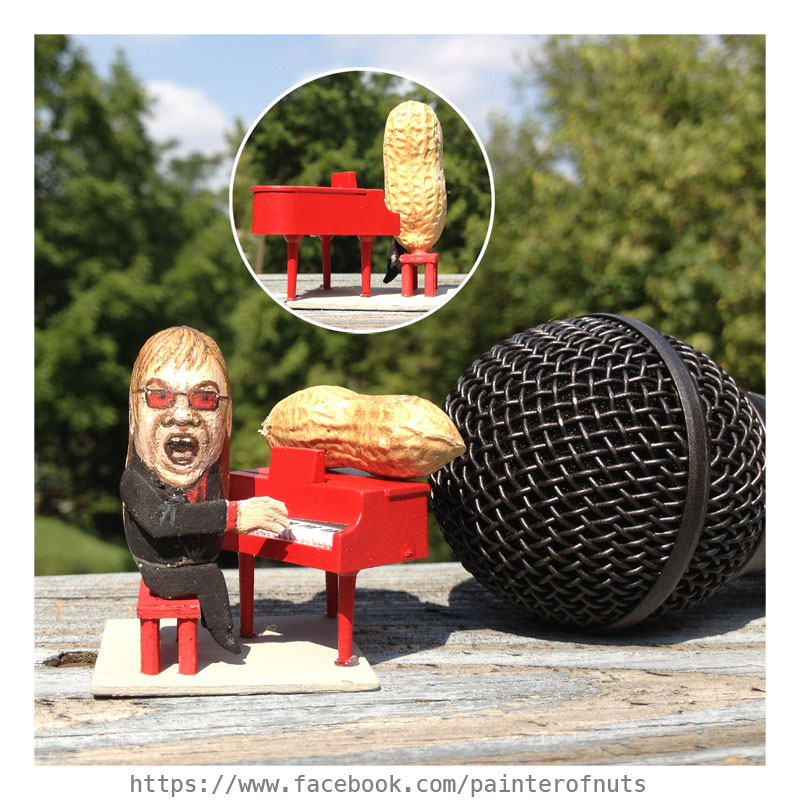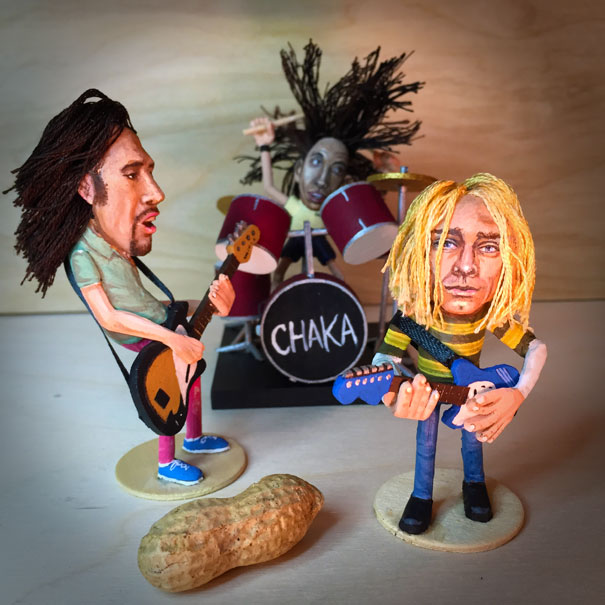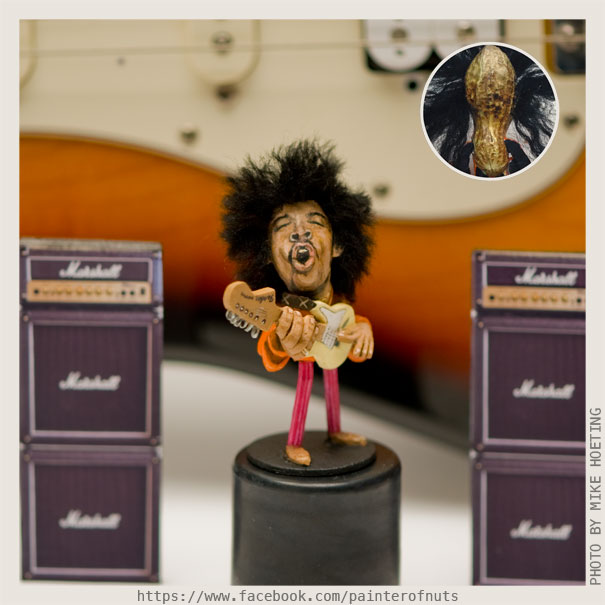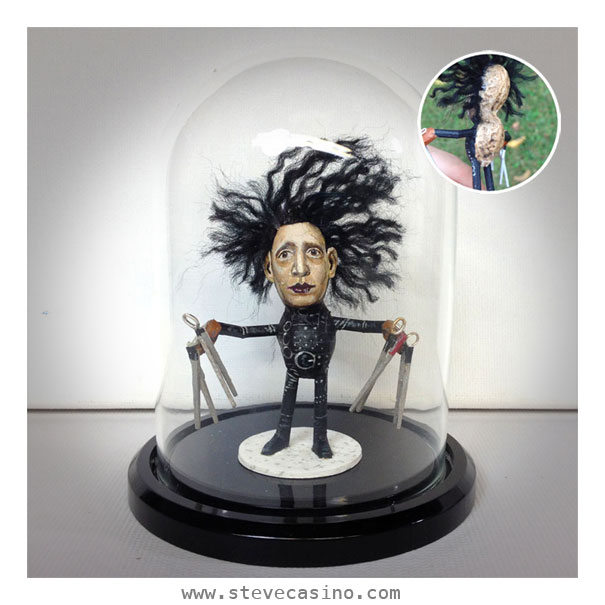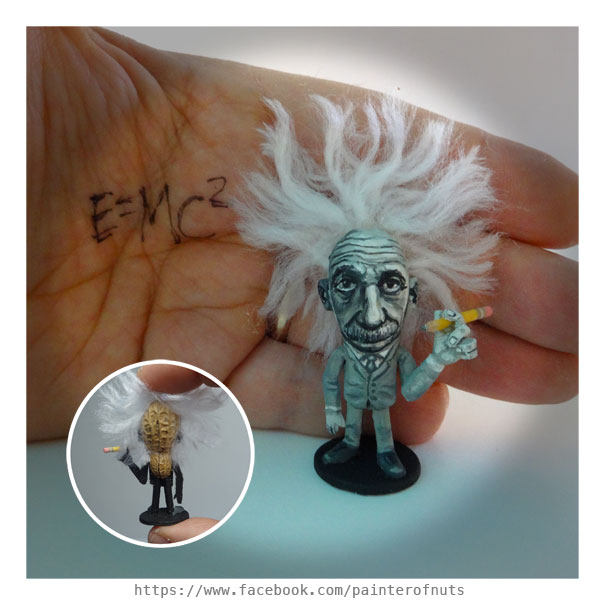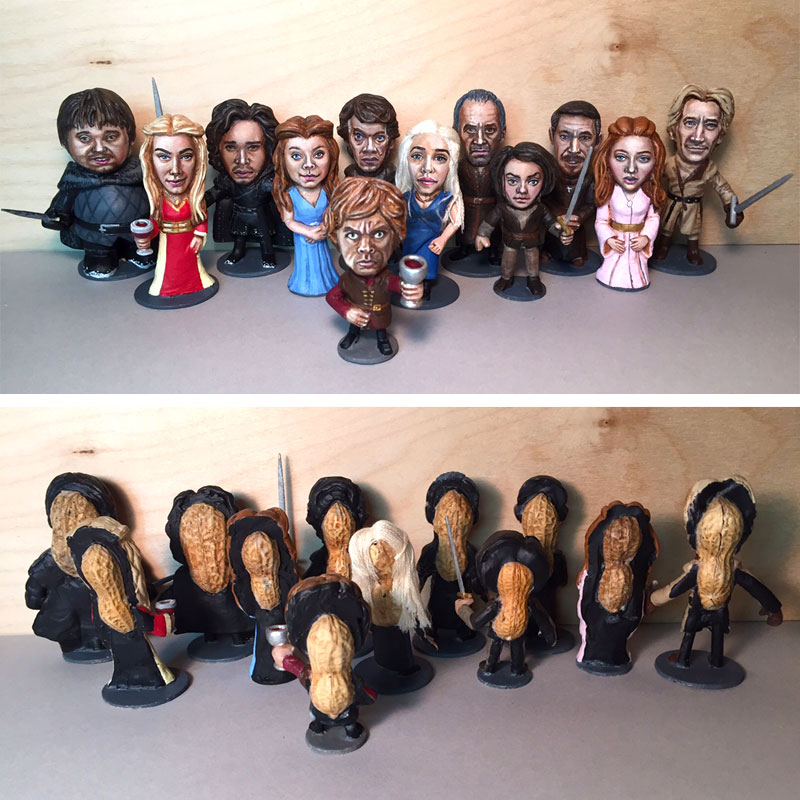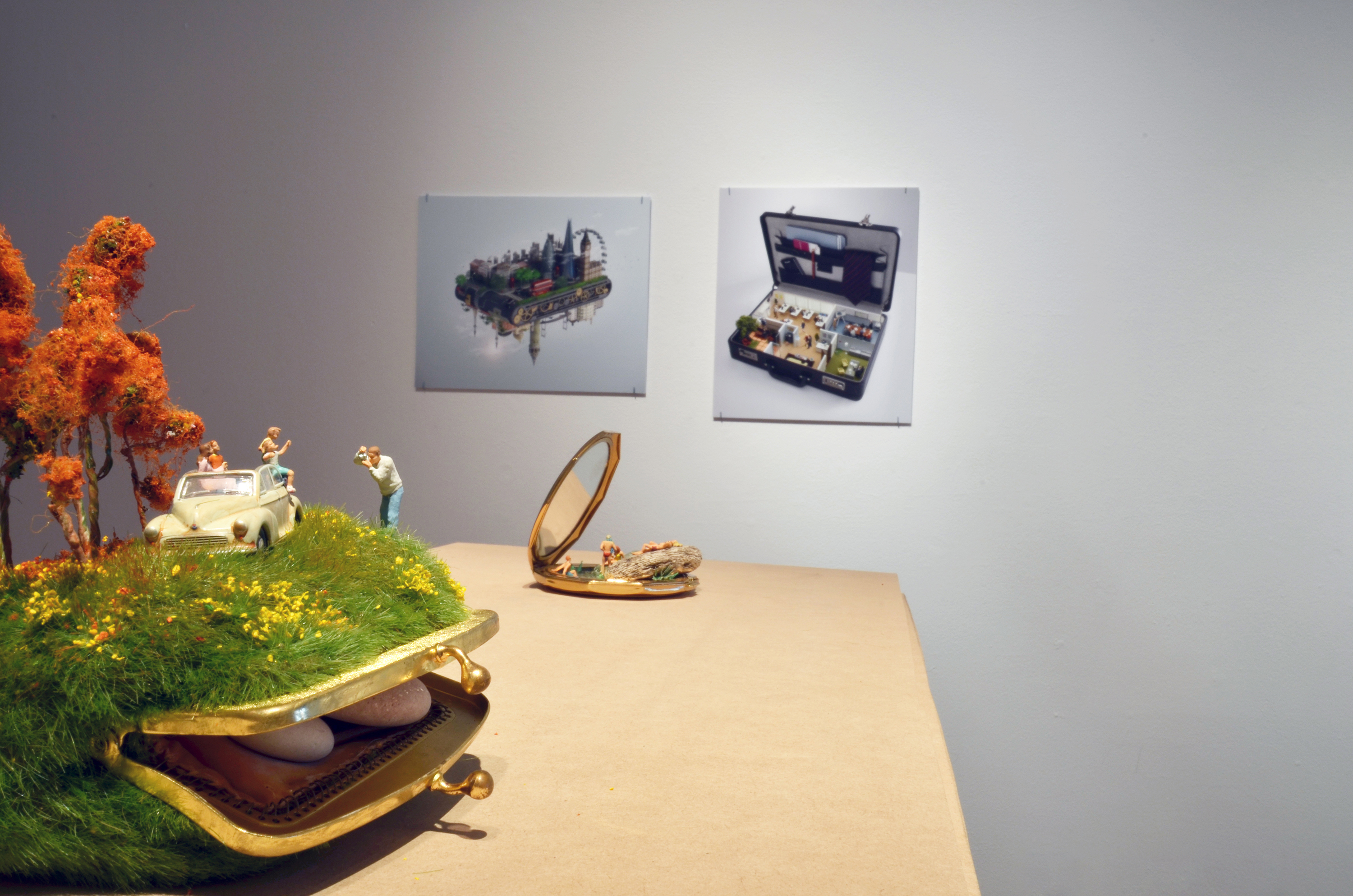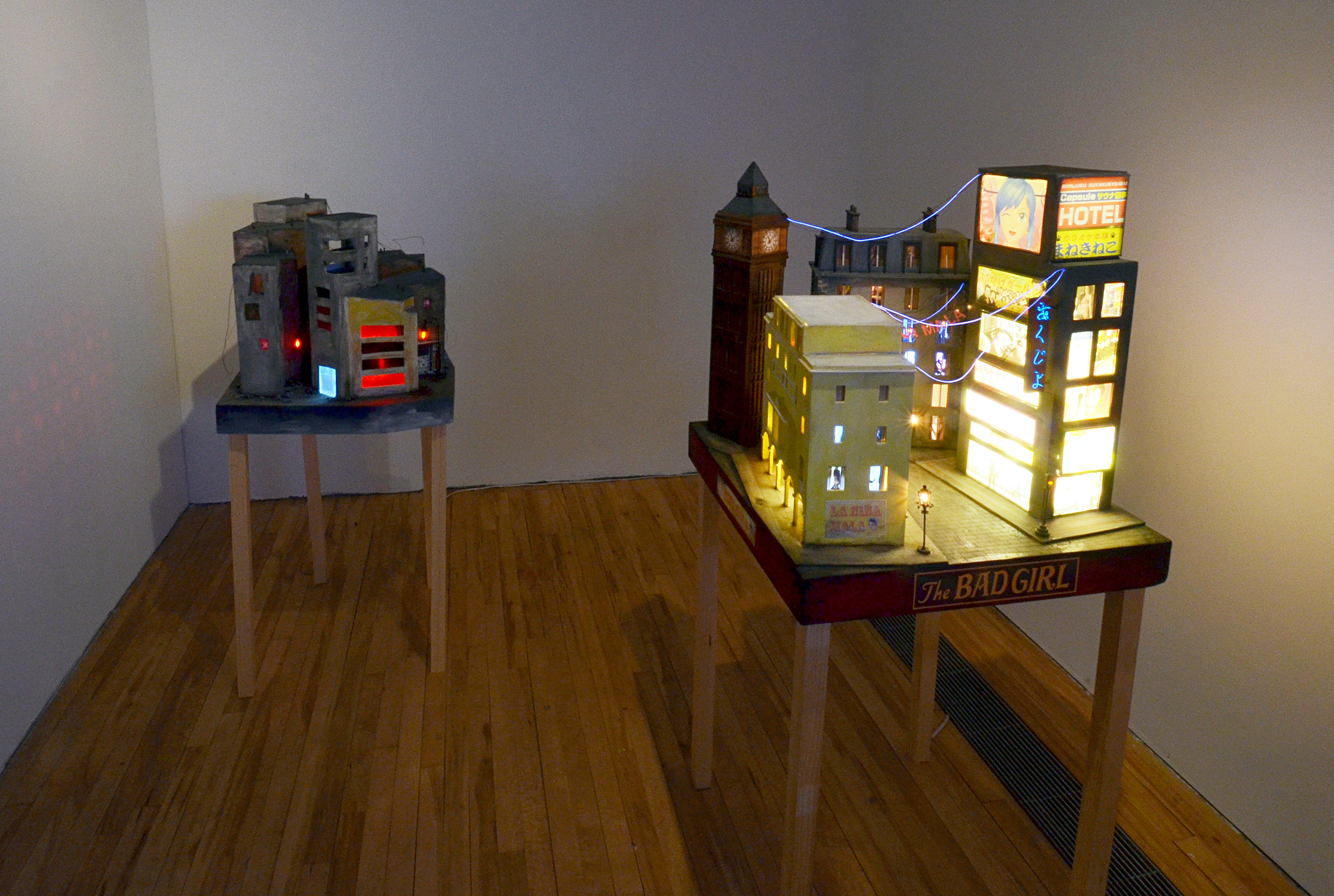Miniatures by Nancy Summers
| Website |
How did you get started in miniatures?
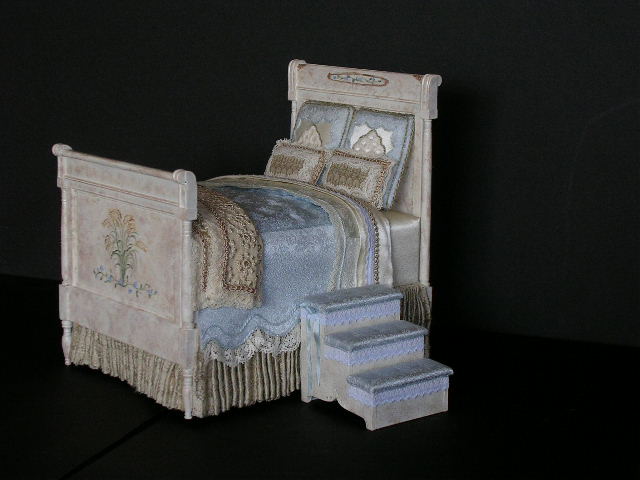 I had a dollhouse when I was little. Early on, I was a dollmaker and made little dolls for the James Whitcomb Riley Boyhood Home & Museum in Greenfield, Indiana. I worked on little orphan Annies.
I had a dollhouse when I was little. Early on, I was a dollmaker and made little dolls for the James Whitcomb Riley Boyhood Home & Museum in Greenfield, Indiana. I worked on little orphan Annies.
A customer bought a shadowbox and inquired about a miniaturist who could furnish it. So I made a kitchen for this woman and that was it. After that, I was hooked. My husband gave me an architect’s ruler (1 inch is 1 foot) and I began selling dolls at arts and crafts shows in Indiana. Several women from a miniature shop in Ohio came through one show and bought everything I had. They ordered more for a show in Sandusky, and there was a line of guests waiting to view the works on display.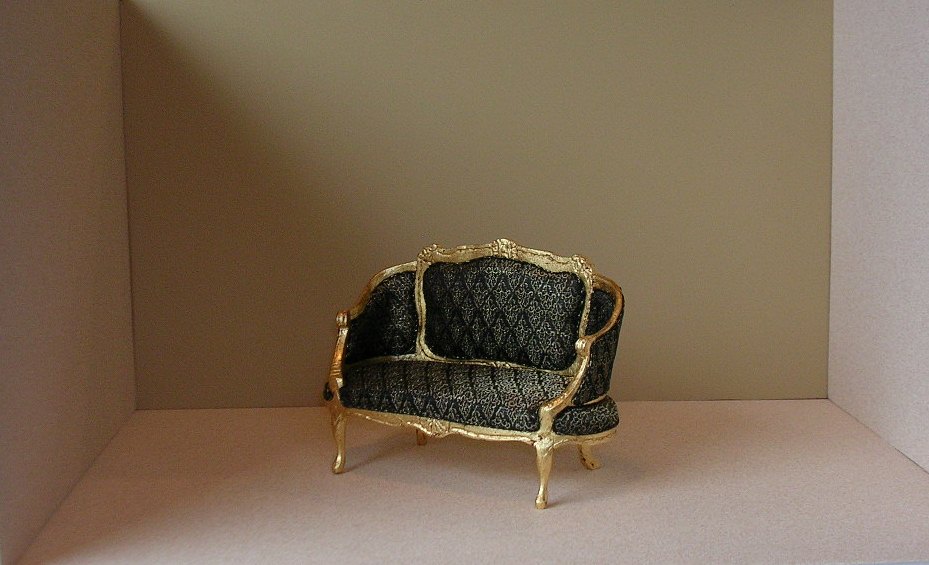
Years later, I made furniture for Fox Studio’s 1992 movie Toys.
Latest news or projects in the works?
I was recently featured on the local news morning show regarding my carved woodwork. There was a segment about local artists so I connected with my town’s museum curator who asked me to be on television.
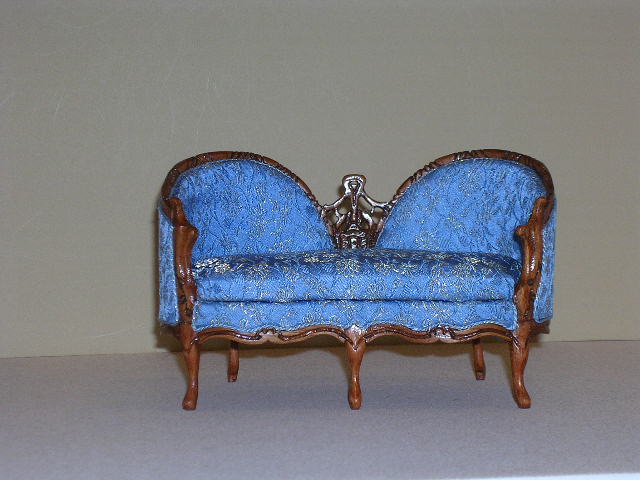 What miniatures have been most challenging for you to create?
What miniatures have been most challenging for you to create?
Most pieces are challenging these days. Customers send me orders and send photos. Miniatures can take about 20 hours to create, and I work seven days a week. I used to work from 5 in the morning until midnight. There were many times that I worked through the night. Nowadays, I don’t begin work on my miniatures until after 11 in the morning.
Describe the evolution of your work.
Now I’m getting harder pieces. I recently created a baby bed with roses carved on to it. The back was slanted and curved and it came with a matching bookcase with carved roses.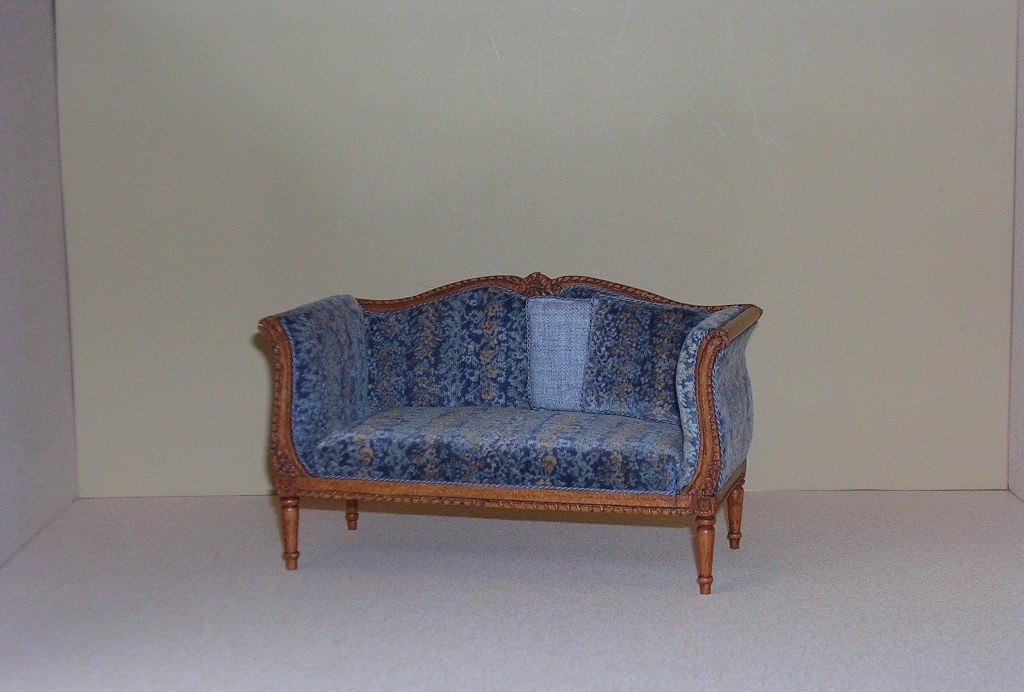
I’ve created two copies of Catherine the Great’s bed. It took about 2 weeks to make it. It has cherubs on either end and an eagle on the headboard.
Do you collect miniatures yourself?
I keep the prototypes of the classes I teach. I’m working on several rooms that are not yet completed in four dollhouses I own. One dollhouse in particular is 39 years old. It’s an English Tudor with a shake roof that looks old now – an unintentional aging technique when you just let it sit! I also have two antique display cases filled with miniatures. I love a silver piece I have by Eugene Kupjack whose son Henry is still in business. And I own work by Indiana potter Jane Graber.
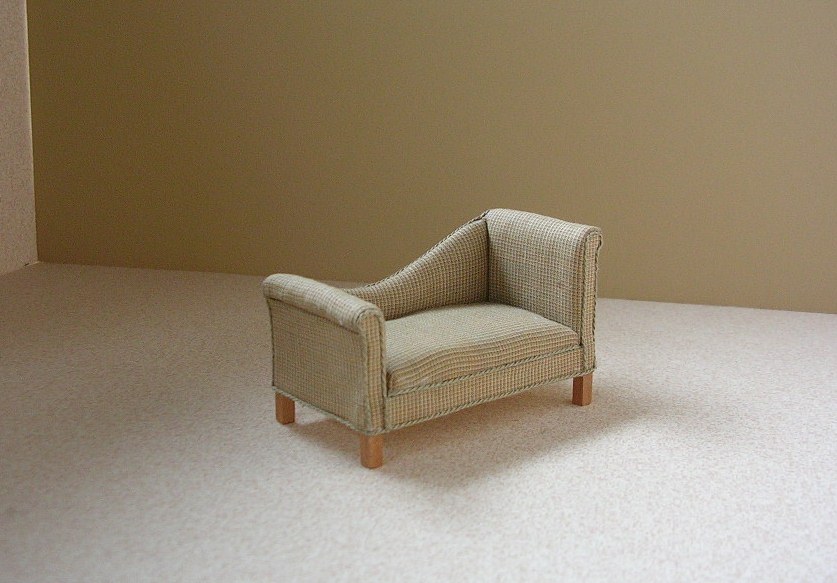 Did you ever trade pieces with fellow miniaturists?
Did you ever trade pieces with fellow miniaturists?
I used to trade works with my friends. One time my friend from a miniature club made a needlepoint carpet for me and I traded her for a sleigh I made. I did a ½ inch scale room and she made all the food and accessories.
The club, Hoosier Mini-Mizers, meets once a month and they all take turns creating something. Two members are curators of the Museum of Miniature Houses in Carmel, Indiana.
Tool you couldn’t live without?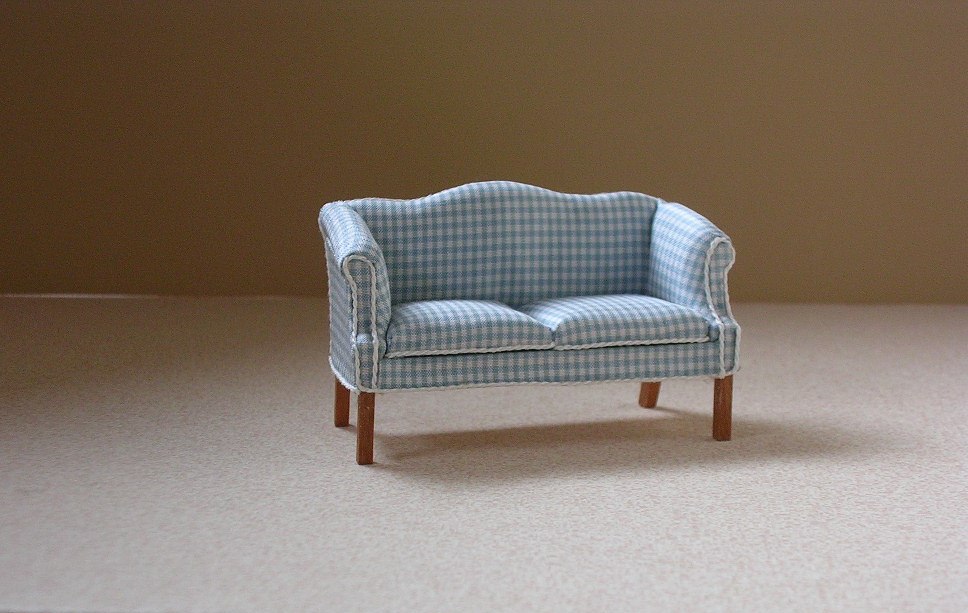
I could not live without my bandsaw. And my Dremel tool.
Most challenging piece you’ve made?
I made a headboard out of brass for a friend of mine. I’d never do that again, not out of metalwork!
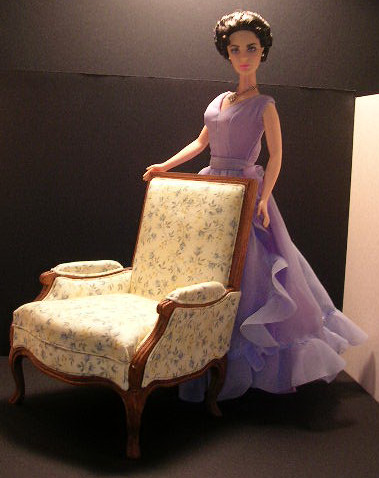 Why miniatures? Why do you work in this industry?
Why miniatures? Why do you work in this industry?
I like to do it. It’s just me. Very few people have ever been in my workshop. It’s my ivory tower.
What do you want miniature enthusiasts to know about you?
People don’t think I make the entire piece. Often they just think I upholster. But I make all of the woodwork and the upholstery. I was an artist from the beginning, I was planning to go to college for fashion design but it didn’t work out. I made dolls for a long time, so if I ever quit making miniatures, I would go back to making dolls.
To learn more about Nancy Summers’ work in miniatures, visit the Summerville Miniature Workshop website.

